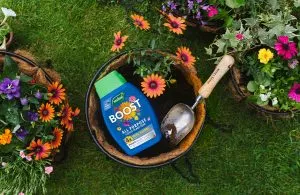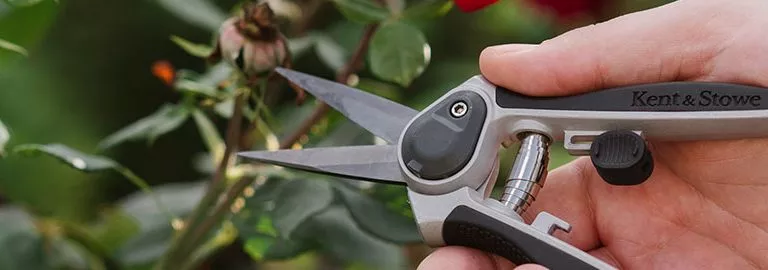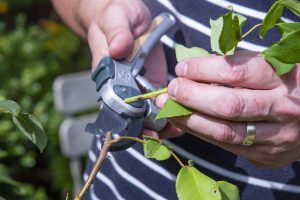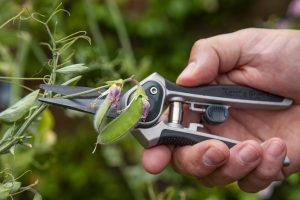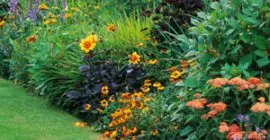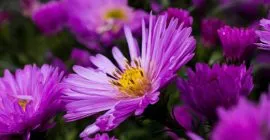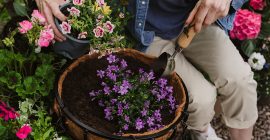For dazzling displays of garden flowers that can last through summer and even on into autumn. Keeping on top of removing flowers from plants once they’ve faded or died can be an essential technique. Known as deadheading, it tricks plants into flower over a long season. This is the key to keeping pots, hanging baskets, borders and even some shrubs at their prime, stopping them from running to seed.
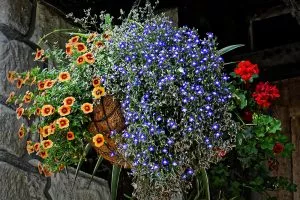
Snipping off faded blooms will ensure many plants direct their energy into producing further flushes of flowers throughout summer. Plants channel their energy into producing seed if withered blooms are left in situ, cutting short your beautiful displays. Regular deadheading pays dividends when it comes to keeping summer bedding plants at the peak of perfection.
When you leave french marigolds, petunias, geraniums and pansies to run to seed, they will be quick to fizzle out! However, they will rapidly bounce back with fresh flowers after deadheading. To make sure that summer bedding doesn’t run out of steam, deadhead every few days or at least once a week – pinching off spent blooms with a finger and thumb. Thorough deadheading is especially important before going on holiday, so displays don’t go over while you’re away.
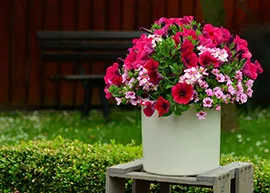
Deadheading can also play its part in keeping bedding plants healthy. Favourites such as busy Lizzies shed multiple petals, which stick to leaves when wet and as well as looking unsightly can rot, resulting in diseased foliage. Removing flowers as they begin to fade helps to prevent unsightly patches of decaying foliage. Cottage garden favourites, sweet peas are a classic example of an annual climber that’s essential to deadhead. Blooms quickly form seed pods once they’ve faded and, unless they’re regularly removed, displays will be curtailed long before summer is over.
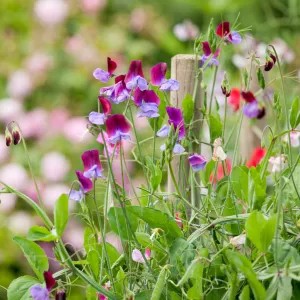
Which plants need deadheading?
Deadhead promptly and certain perennials bounce back with further flushes of flowers. Lupins bloom profusely from late spring into early summer, but seed pods rapidly swell as flower spikes go over. Use secateurs to cut stalks off just above the leaves, before the last flowers fade, and lupins will often reward with fresh flower spikes later in summer. Shrubs such as lilac, azalea and rhododendron that only flower once should also have spent blooms removed after their springtime flowers have faded. Not only will they look tidier, but plants will direct their energy into next year’s displays.
With roses, deadheading encourages new buds to develop and can improve the appearance of bushes. Use sharp secateurs, like Kent & Stowe Eversharp Secateurs, or Eversharp Snips to cut spent flowers away, just below where the base of the flower joins the stem. Cluster-flowering floribunda roses respond well to deadheading. Tip: Do not deadhead roses that form colourful hips in autumn! You will lose this feature by removing the faded flowers.
Which plants do not need deadheading?
Another plant to leave alone after they finish flowering are hydrangeas. Leaved faded flower heads in place until spring, protecting emerging flower buds from frost. Spent blooms of some other annuals and perennials such as sunflowers and rudbeckias can also be left on plants, they will form seedheads, providing a feast for wild birds.
Feeding plants
Throughout the flowering season, remember to keep feeding your plants with an all purpose plant feed, such as Boost.
Boost All Purpose Liquid Plant Feed will produce four times more blooms compared to watering alone. In addition, more fruit and veg is guaranteed. Simply add to the watering can using the ‘easy squeeze’ dosing system.
- Optimised ratio of high quality nutrients for 4 x more flowers
- Superior application for easy and also faster watering
- Maximised water absorption
- Features an accurate dosing system
- Suitable for: all peat and peat free composts, all ornamental and ericaceous plants and all fruit and vegetables
